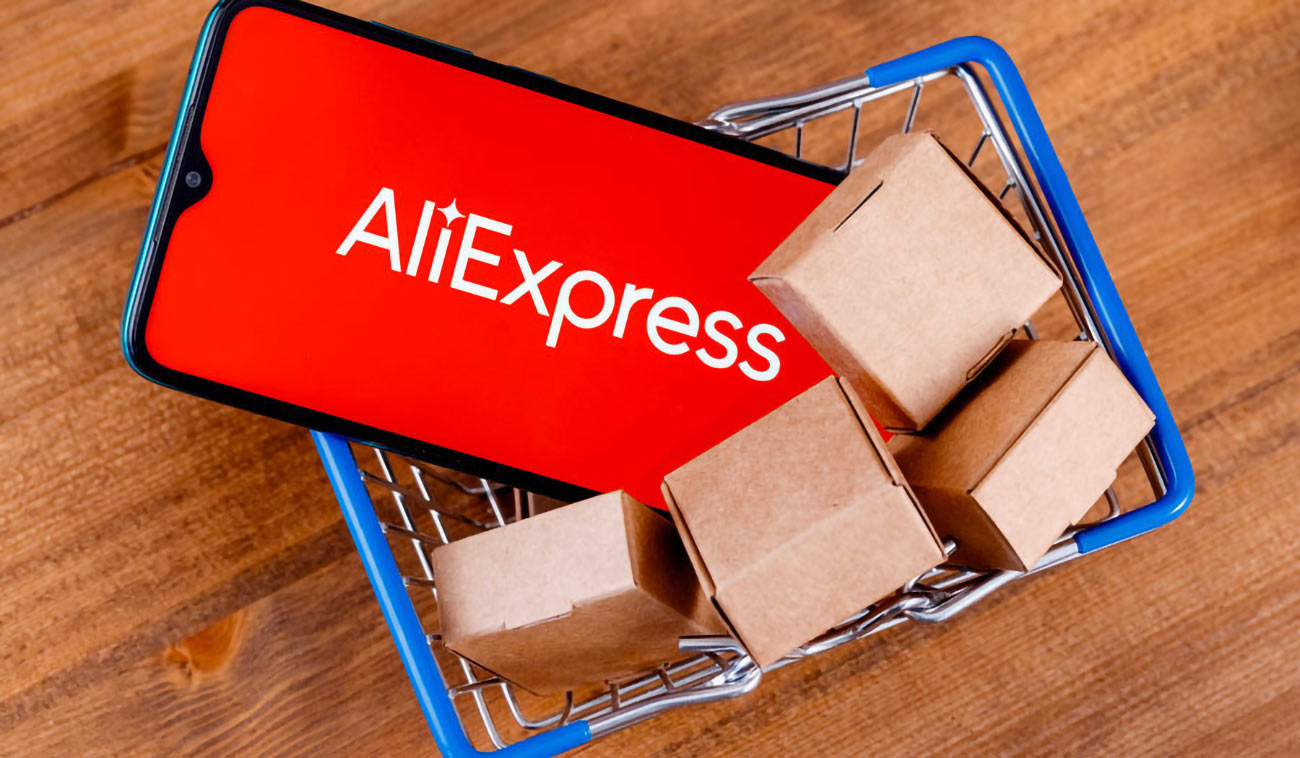Where can I check login history?

In today’s digital age, understanding where and how to check your login history is essential for maintaining security and monitoring your online activities. Whether you’re concerned about unauthorized access to your accounts or simply want to keep track of your logins, this guide provides detailed information on how to access your login history across various platforms. We’ll explore popular services and applications, giving you the knowledge you need to stay secure online.
Why Check Your Login History?
Checking your login history is crucial for several reasons:
- Identify Unauthorized Access: Regularly reviewing your login history can help you spot any suspicious activity, such as logins from unfamiliar locations or devices.
- Monitor Account Security: Keeping track of your logins ensures that your credentials are not compromised.
- Maintain Digital Hygiene: It encourages users to be proactive about their online security by recognizing patterns in logins.
Where to Check Your Login History
1. Social Media Platforms
Social media sites often provide detailed login histories in their security settings. Here’s how you can find your login history on some popular platforms:
To check your login history on Facebook, follow these steps:
- Log into your Facebook account.
- Click on the downward arrow in the top-right corner.
- Select Settings & Privacy, then click Settings.
- In the left sidebar, select Security and Login.
- Scroll down to the Where You’re Logged In section to view your active sessions.
To view your login history on Twitter:
- Log in to your Twitter account.
- Click on your profile icon and select Settings and privacy.
- Go to Security and account access, then click on Check your login history.
2. Email Services
Email accounts are often prime targets for hackers. Here’s how to check your login activity on some popular email services:
Gmail
To access your login history in Gmail:
- Sign in to your Gmail account.
- Scroll down to the bottom of your inbox and click on Details.
- A window will pop up showing your recent activity, including IP addresses and locations.
Outlook
To check your sign-in activity in Outlook:
- Log in to your Outlook account.
- Click on your profile picture and select My account.
- Navigate to the Security section, then click on Review recent activity.
3. Online Banking and Financial Services
Most banks and financial institutions provide users with access to their login histories for security reasons. Here’s how to check:
Bank of America
To check your login history with Bank of America:
- Log in to your online banking account.
- Go to Account Settings.
- Find Security and click on Login History.
Chase
For Chase customers, the process is similar:
- Log into your Chase account.
- Click on Profile & Preferences in the account menu.
- Select Sign-in & Security and check your login history.
Additional Platforms to Consider
4. Cloud Storage Services
For users of cloud services like Google Drive or Dropbox, checking your login history can help verify account safety:
Google Drive
You can find your login details in Google Account settings:
- Log in to your Google Account.
- Navigate to Security.
- Scroll down to the Your Devices section, where you can see all devices connected to your account.
Dropbox
For Dropbox users:
- Log in to your Dropbox account.
- Go to Settings, then click on Security.
- Under Sessions, you can view and manage your login activity.
5. Work-Related Applications
Tools like Slack and Microsoft Teams often enable users to check login history for enhanced workplace security:
Slack
To view your login history on Slack:
- Open Slack and go to your workspace settings.
- Click on Settings & administration, then Manage members.
- Under Security, you can find your account activity.
Microsoft Teams
For Microsoft Teams:
- Open Teams and click on your profile picture.
- Select Settings, then go to Privacy.
- Check the activity log where you can find details about your logins.
Mobile Apps and Their Login History
6. Mobile Device Security
For those accessing accounts via mobile devices, learning how to check login history can be crucial:
iOS Devices
On iOS devices, Apple allows you to review app access:
- Go to Settings and scroll to Privacy.
- Select Location Services and then check Significant Locations for your device history.
Android Devices
For Android users:
- Open Settings, then navigate to Google.
- Tap on Manage your Google Account.
- Under Security, check your devices and their access history.
Protecting Your Account Post-Login History Review
After checking your login history, consider taking additional steps to enhance your account security:
- Change Your Password: If you see unfamiliar activity, change your password immediately and consider making it strong and unique.
- Enable Two-Factor Authentication: Use this feature to add an extra layer of security to your accounts.
- Log Out from All Devices: If you suspect unauthorized access, log out from all devices and sessions.
Conclusion
Understanding how to check your login history is an invaluable skill in today’s digital landscape. By regularly monitoring your accounts across various platforms such as social media, email, and financial services, you can protect yourself from unauthorized access and maintain robust security. Adopting best practices for account protection will not only keep your information safe but also give you peace of mind as you navigate the online world.

LINK:
“`html
When you want to ensure the security of your online accounts, checking your login history can be crucial. Each platform has its own way of accessing this information, making it essential to know where to look. Understanding your login history helps you identify unauthorized access and reinforces your overall account security. In this guide, we’ll explore various platforms where you can conveniently check your login history, offering you peace of mind. Taking these steps not only protects your personal information but also encourages the responsible use of online services.
Where to Check Login History
Checking your login history can differ based on the platform. Below are guidelines for some popular services:
- Google: Go to your Google Account, navigate to Security, and select “Recent Security Activity.”
- Facebook: Visit Settings & Privacy, then go to “Security and Login,” where you can view devices logged in.
- Twitter: Within “Account,” you can review your login activity in the Security settings.
- LinkedIn: Access the Privacy settings, then look under “Where you’re signed in.”
- Microsoft: Check “Recent Activity” in your Microsoft Account settings.
FAQ
1. How often should I check my login history?
It is advisable to check your login history regularly, at least once a month, to ensure there are no suspicious activities.
2. What should I do if I see an unfamiliar login?
If you notice an unfamiliar login, immediately change your password and enable two-factor authentication for added security.
3. Can I see the exact time of my logins?
Yes, most platforms provide a detailed log that includes the time and IP address of each login activity.
4. Is my login history private?
Yes, your login history should be private and accessible only to you. Ensure your account is secure with strong passwords and privacy settings.
5. Do all online platforms provide login history?
No, not all platforms offer this feature. It’s best to check the security section of each platform you use.
Conclusion
Monitoring your login history is an essential practice for maintaining account security in this digital age. By regularly checking your login activity across various platforms, you can promptly identify any unauthorized access and reinforce your protective measures. Investing time in understanding how to view and manage your login history pays off in safeguarding your personal data. Ensure you leverage the security features available on each platform, enhancing not just your awareness, but also your overall online safety.
“`


